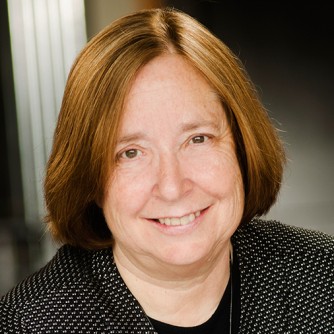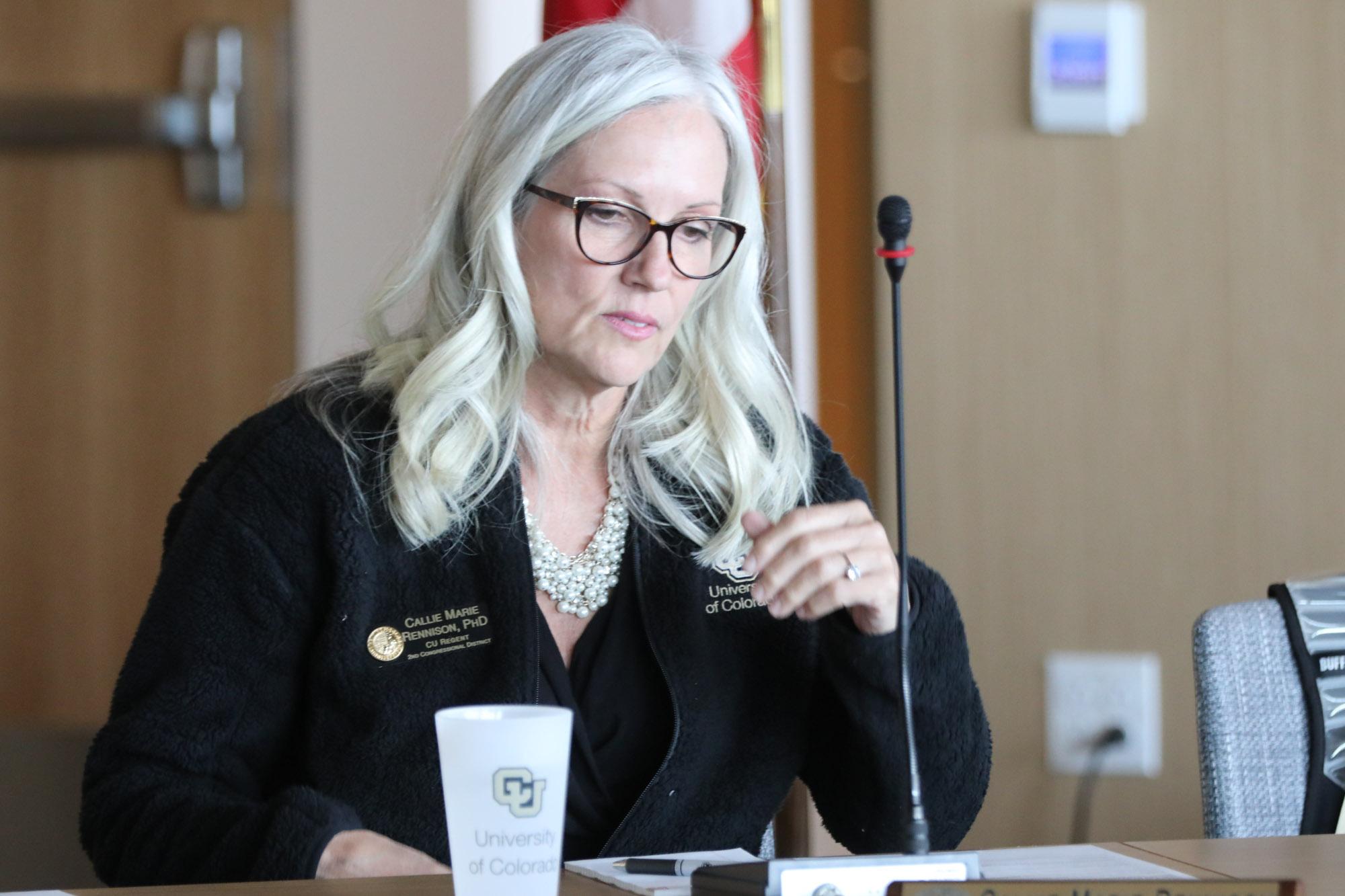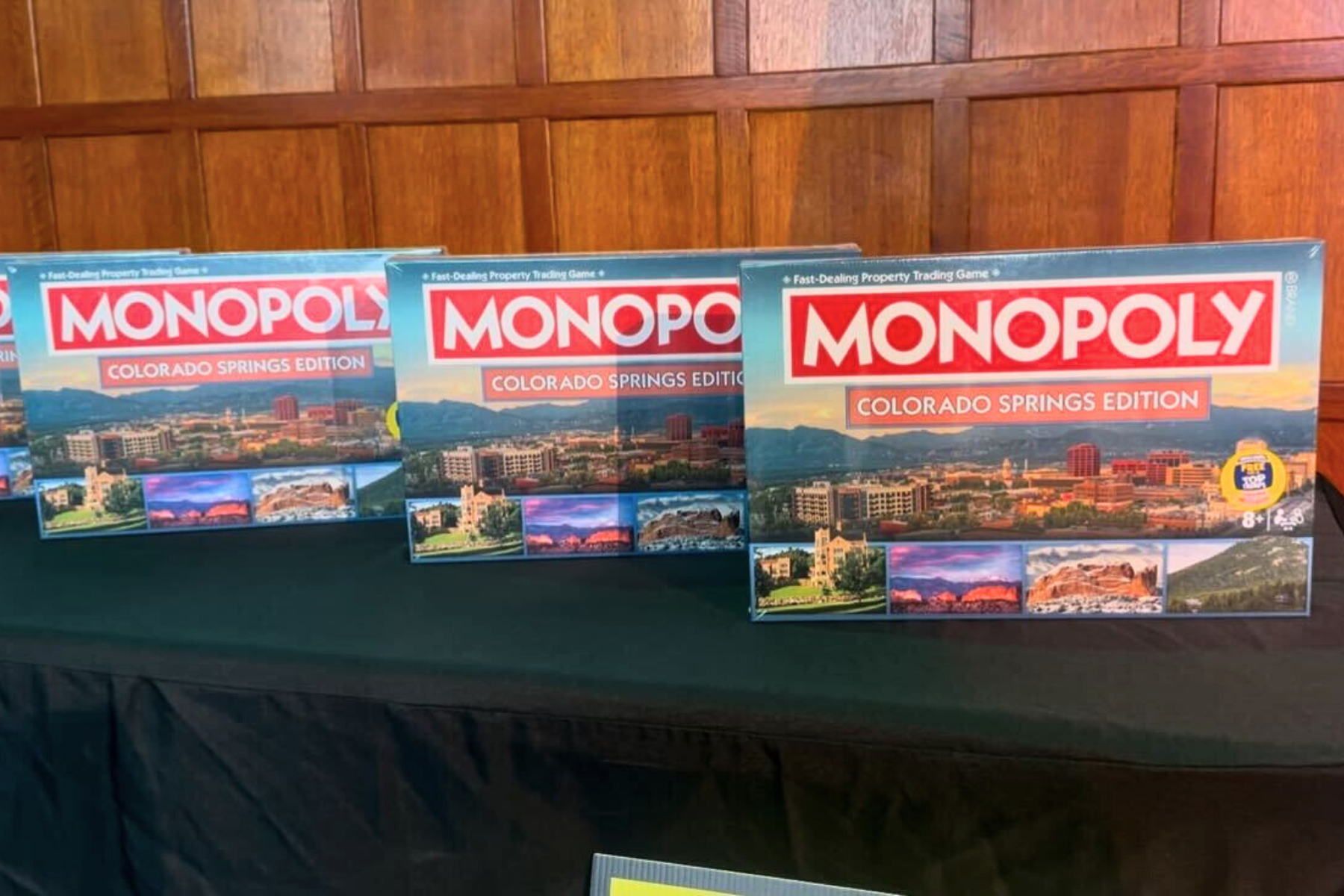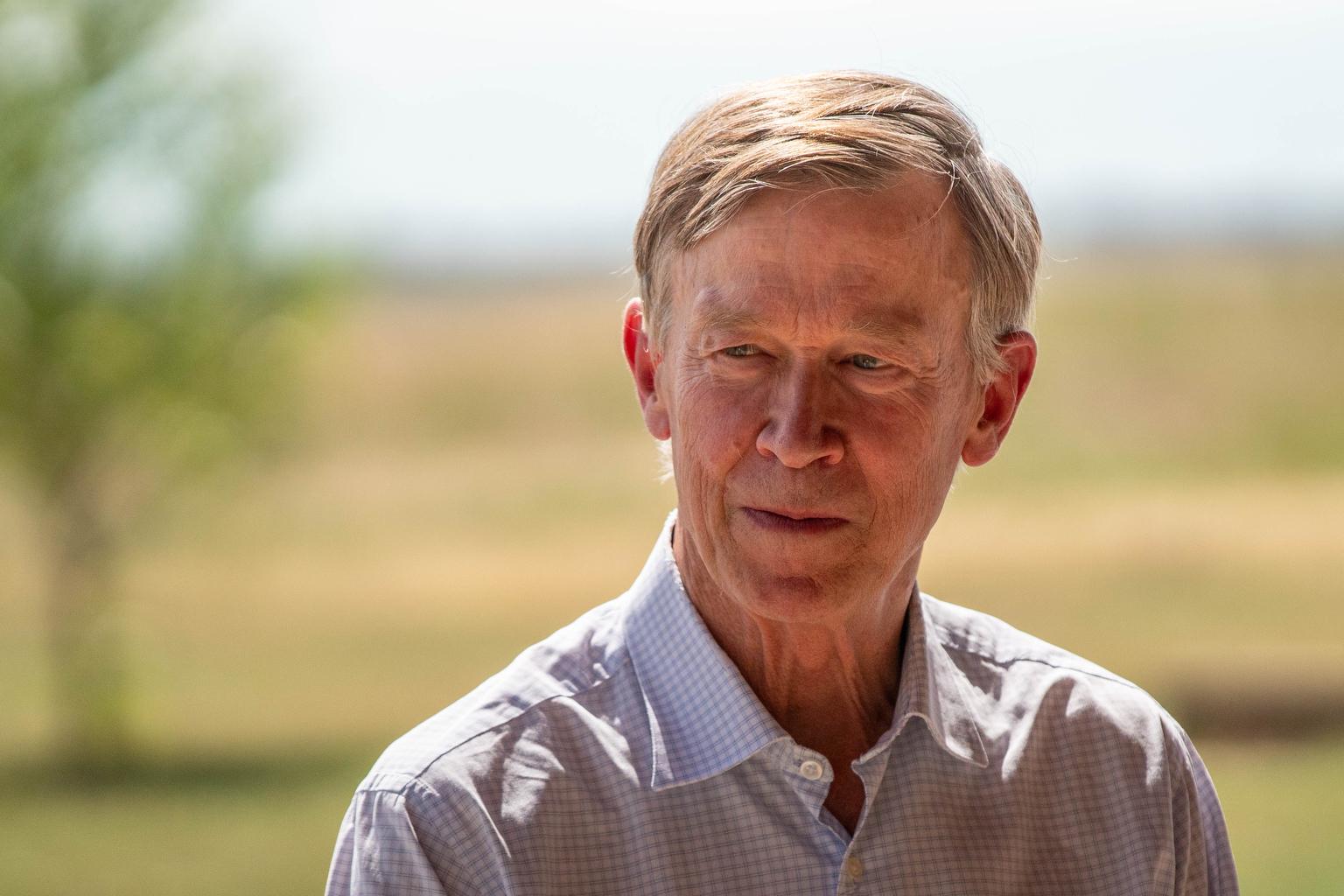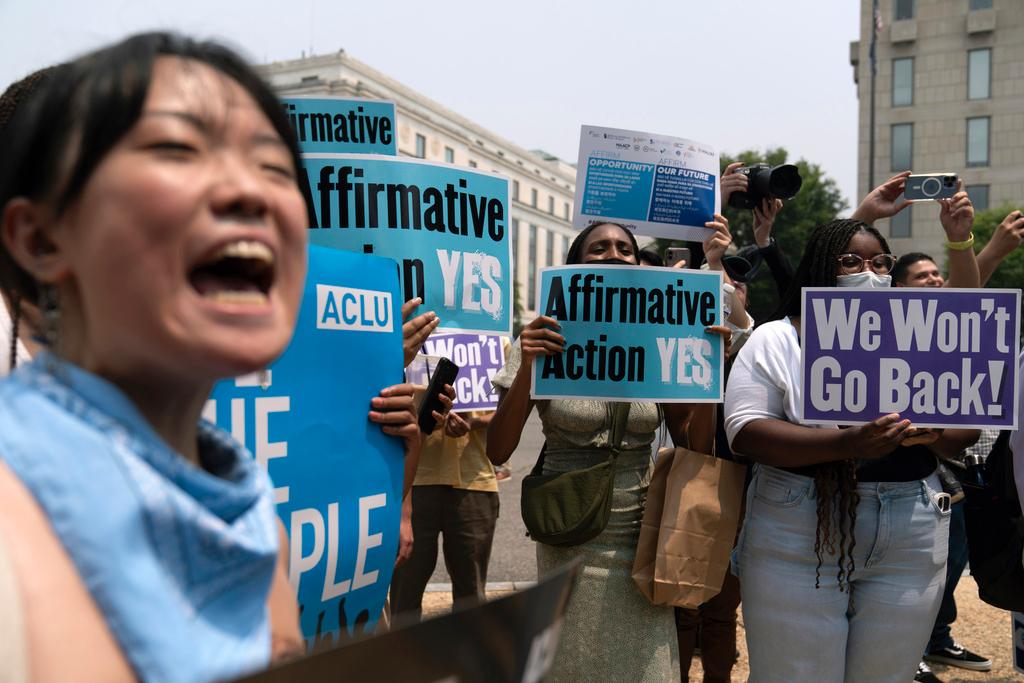
Jazmin Araujo thinks every day about how she'd keep herself and her younger brother safe if someone with a gun stormed Bruce Randolph School, where she's a junior and he's in middle school, attending classes on a different floor.
In Denver school officials are trying a variety of measures to keep students safe. Safety drills called "lockdowns" that train students and teachers to deal with a possible shooter are routine at Bruce Randolph. Teacher Melodie Koss is in charge of those drills, responsible for getting her kids out of their desks and against a wall to hide from a gunman. If she sees students in the halls, she's to grab them and get them inside.
Neither students nor teachers know whether they're participating in a drill or the real thing when they hear the alarm, a fact 17-year-old Araujo said can be "terrifiying."
But Bruce Randolph is in a low-income neighborhood in North Denver where many students have already experienced "trauma" elsewhere, Koss said. The huge majority receive free lunch, and many stay after school for activities. For them, Bruce Randolph is a safe haven, something Koss fears is being lost as school shootings continue around the country.
Some of the questions Koss and Araujo tackled for Colorado Matters: How does a teacher feel about being the designated shield between someone with a gun and students in a classroom? What does a lockdown drill mean for a teacher, or for a student, in a practical sense? And does anyone actually feel any safer as a result?
